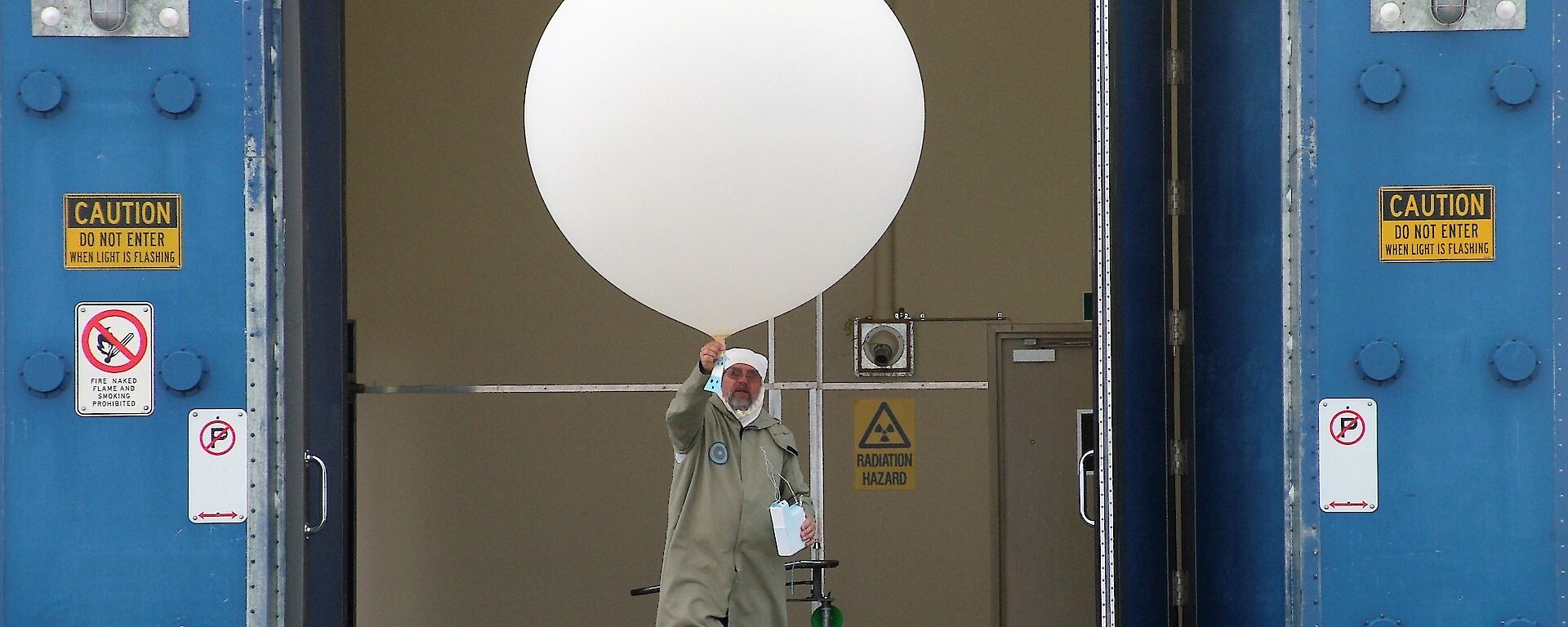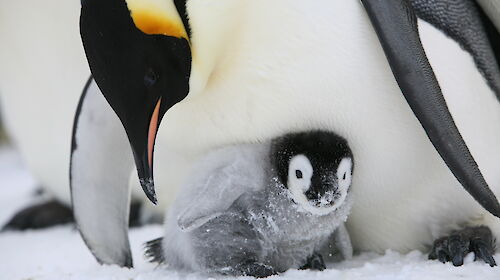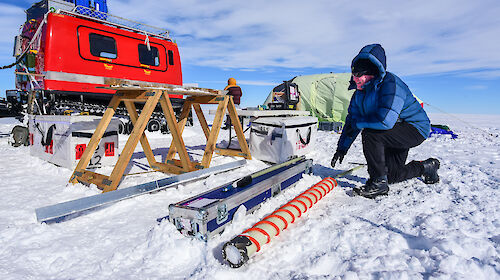The findings from the Environmental Effects Assessment Panel (EEAP) of the United Nations Environment Programme (UNEP) are presented within the framework of the Montreal Protocol (to reduce ozone-depleting gases) and the United Nations Sustainable Development Goals.
Co-author from the Australian Antarctic Division, atmospheric physicist Dr Andrew Klekociuk, said the report provides the latest information on how changes in ozone and solar ultraviolet radiation influence air quality, human health, ecosystems and technology.
“The climate system is changing quite rapidly. We’re seeing evidence of large variability in the Southern Hemisphere, for example, Australian bushfires and Antarctic heatwaves last summer,” he said.
AAD climate research
Dr Klekociuk said the research group at the Antarctic Division is working to understand three key elements.
“What’s happening with the energy balance of the Earth? What is happening in the stratosphere? What changes are the ozone hole bringing about? We’re also trying to improve weather and climate simulations to get better accuracy and more understanding of what’s to come.”
“The ozone hole is a fairly recent phenomenon, due to the release of ozone-depleting chemicals since the early part of the 20th century. We probably haven’t had ozone depletion on this scale probably since supernova events near the Earth millions or even billions of years ago, or very large volcanic events.”
“The ozone hole is a potent influencer of change in the Southern Hemisphere because it alters the temperature structure of the atmosphere,” Dr Klekociuk said.
“Additionally, because ozone depletion also changes the levels of solar UV radiation that reaches the Earth’s surface, it has an important effect on ecosystems.”
“Some parts of the Southern Ocean have UV levels that are comparable to the tropics, and organisms haven’t really evolved with those sort of levels.”
Key findings from the deep south
The key findings of the UNEP report relevant to Antarctica, the Southern Ocean and Australia are:
- The Montreal Protocol is healing the ozone layer and continues to help mitigate global warming. Ozone depleting substances are powerful greenhouse gases, and their control will avoid approximately 25% of the global warming that was projected to occur by 2050.
- In 2019, the exposure of Antarctica to harmful solar ultraviolet radiation was among the lowest measured. This was because the spring-time Antarctic ozone hole was unusually small due to the influence of extreme climate events in the Southern Hemisphere.
- There is further evidence of links between stratospheric ozone depletion and the climate of the Southern Hemisphere. The growth of the ozone hole in the last decades of the 20th century shifted wind streams over the Southern Ocean in summer, and at the same time promoted drier conditions in Chile, and wetter conditions in parts of northern Australia. The wind changes have stabilised or slightly reversed while ozone has started to recover in the past two decades.
- Processes behind the unusually small ozone hole over Antarctica in 2019 exacerbated the Australian Black Summer fires in 2019/20, and potentially enhanced heat waves in Antarctica. New record maximum temperatures in parts of East Antarctica and the Antarctic Peninsula likely affects ecosystems by depleting water reserves and causing heat stress.
- New insights have been gained into how Antarctic plants have adapted to extremes of solar ultraviolet radiation, which is important for protecting the biodiversity of alpine and high latitude regions.
For the first time, this year’s assessment includes a chapter on linkages between COVID‑19, solar UV radiation, and the Montreal Protocol.
As solar UV radiation has a germicidal effect, the report looks at the effect of UV solar radiation on inactivating the coronavirus and considers “it likely has a negligible effect on the progression of the COVID-19 pandemic.”




